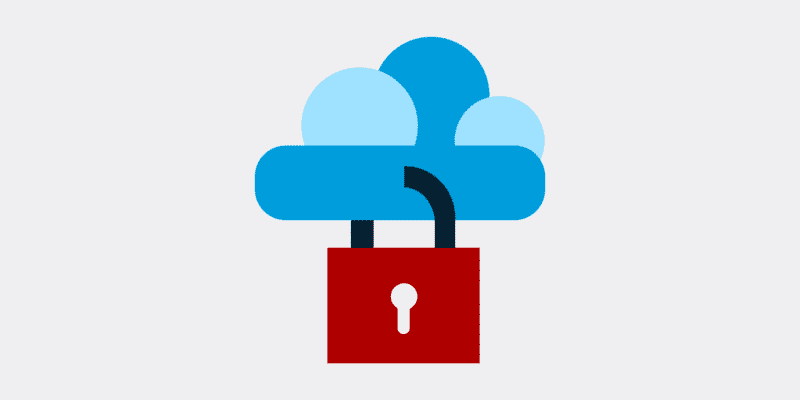Six Common Cloud Security Myths Debunked and Explained


Solutions Review debunks six common cloud security myths that you’ve likely heard before and explains the reality behind securing your business applications and workloads on the cloud.
There are a number of myths surrounding cloud security that might prevent IT teams from operating its cloud solutions safely and securely. That’s why we’ve listed six common cloud security myths and explain the truth behind running and securing enterprise cloud solutions.
Looking for more info on cloud solutions and how your business can use them securely? Our free Cloud Managed Service Providers Buyer’s Guide contains profiles on the top cloud managed service providers for AWS, Azure, and Google Cloud, as well as questions you should ask vendors and yourself before buying. We also offer an MSP Vendor Map that outlines those vendors in a Venn diagram to make it easy for you to select potential providers.
Myth: The cloud isn’t as secure as on-premise infrastructure.
Security remains a top priority for enterprises moving to the cloud, and for good reason. Cloud providers implement data encryption and privacy measures to ensure every user’s data is safely stored. Some also offer additional security services that the user can activate, providing even greater security coverage. In addition, cloud providers are certified by a number of global and regional regulations, so you know that your data will still meet compliance requirements.
Myth: My cloud provider will handle all my security requirements.
When you use a cloud solution, both you and the solution provider are responsible for specific aspects of cloud security. Your solution vendor needs to protect the systems their solution is stored on, and your business is responsible for ensuring that only safe data is processed through the cloud solution. Solutions providers will outline specific responsibilities for both themselves and your business in their service level agreement (SLA).
Myth: The security tools I’m using right now can integrate with the cloud.
It might be tempting to assume your legacy security tools will be able to handle security for your cloud solutions, but this isn’t always the case. While some on-premise security tools do support integration with cloud solutions, it’s a safe bet that you’ll need to add new security tools to your infrastructure. These could be native security tools provided by your cloud solution vendor, or they may be third-party installations.
Myth: Access control isn’t a problem in the cloud.
The cloud can be accessed from virtually anywhere — which can open the floodgates for a security threat wanting to get into your cloud deployment. You need to maintain access control over your cloud environment to protect your data and prevent unauthorized users from entering your system. Many cloud providers offer access control capabilities out of the box; these vendors allow you to set authentication regulations across your entire cloud infrastructure and monitoring services to determine who is accessing your data, when they do so, and where they access it from.
Myth: Cloud multitenancy puts my data at risk.
Public cloud environments are multitenant environments, operating multiple users’ cloud data on the same server. This might seem dangerous at first, as it sounds like other users might have access to their data. In reality, cloud providers partition the data to keep information restricted to the user that uploads it. Multitenant cloud environments are no more or less dangerous than other storage environments.
Myth: The cloud is already secure; we don’t need to monitor it for security breaches.
Even if you take all the proactive measures you can to keep cloud security threats out, there could already be threats like malware lurking on your cloud environment. Thankfully, cloud providers and third-party vendors offer cloud monitoring tools to help you track down suspicious cloud data and activity. You can implement cloud monitoring tools for security, but there are also cloud performance monitoring solutions as well.
Looking for a managed service provider for your cloud solutions? Our MSP Buyer’s Guide contains profiles on the top cloud managed service providers for AWS, Azure, and Google Cloud, as well as questions you should ask vendors and yourself before buying. We also offer an MSP Vendor Map that outlines those vendors in a Venn diagram to make it easy for you to select potential providers.
Check us out on Twitter for the latest in Enterprise Cloud news and developments!






















